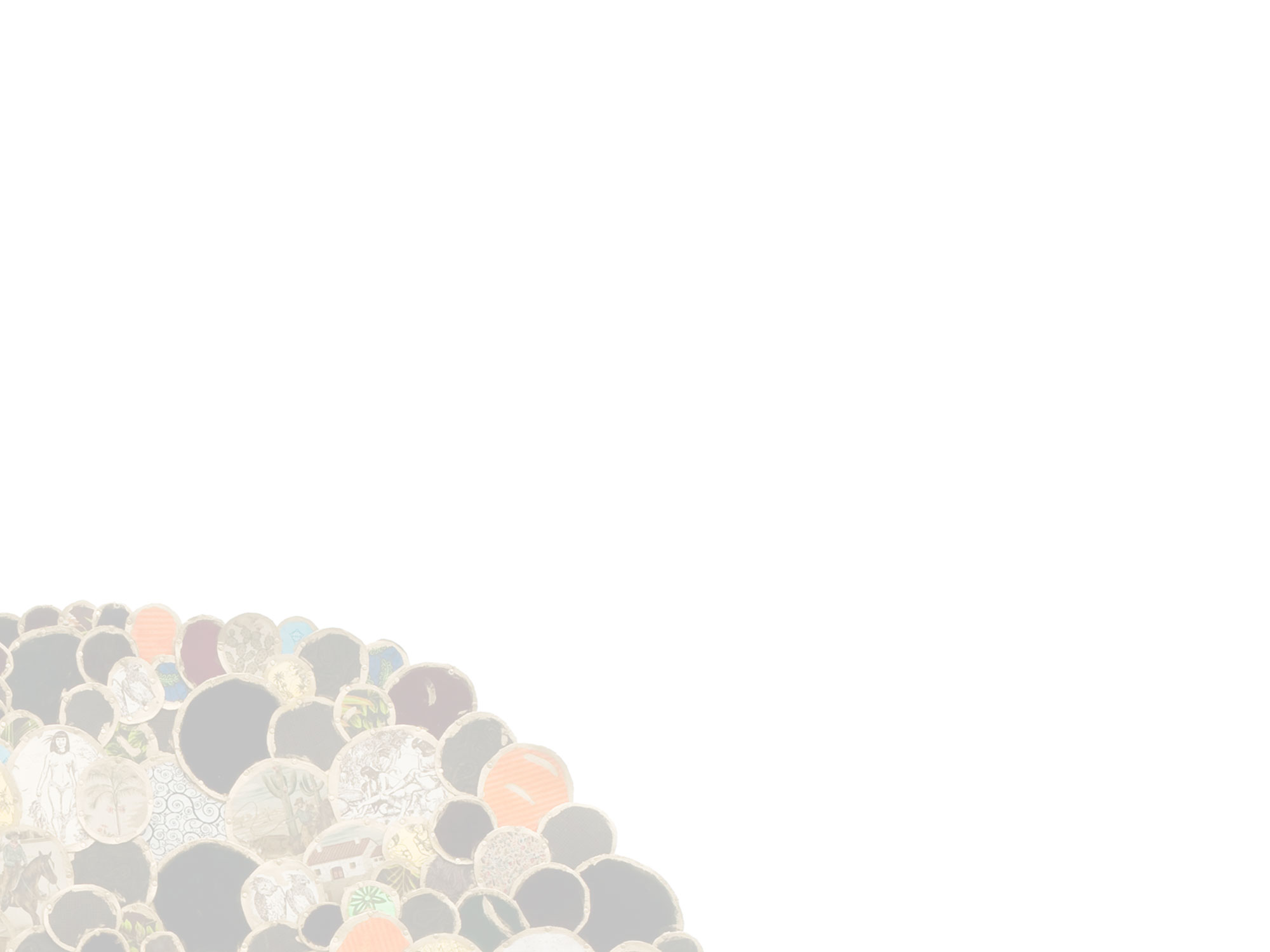

|
Where Ideas Come From
01/01/2017
Ideas come from a thin, transparent layer that hovers above the heads of not only artists, scientists and philosophers, but all those that inhabit this planet. Like a vast sea where good, bad and neutral ideas come together, wavering in intensity and quality. This layer, thin and invisible, is formed by a combination of common sense and the collective unconsciousness, subjectivity and dreams, but it is mostly made up of desires. Desire, more than anything, is at the base of creation. Drifting between twenty and forty inches above us, this sheet of ideas is comprised of everything from a range of solutions for complex problems to one’s wildest fantasies, involving latent desires – those that never cease and that haunt us daily. A kind of willpower mixed up with desire, which is untranslatable and needs to gain form and take shape. Sharing and conferring are the main entry points to this layer. Sharing, when one identifies with what other people think. Conferring, in the moments when one needs to reach out for new ideas in order to find a solution. For a connection to be established, it is necessary to reach a certain mood and tune the mind. There is no single formula, but all carry with them varying doses of anguish, necessity and intention. This is well illustrated by scientific cases such as the apple falling on Isaac Newton’s head or the discovery of the Archimedes’ Principle, when he found the solution by observing the water displacement caused by his own body in the bathtub. Archimedes then rushed out to the street naked crying Eureka!: “I have found it”, in Greek. To this day, it’s still the expression commonly used for astonishing discoveries. Dunley’s paintings clearly show an exploration process. His quest takes two directions: exploring the visual possibilities of the painting realm itself, forming in the process a personal repertoire of images and procedures, and experimenting with sheer risk. Painting is dealt with mythically, as the means of expression which reference some of the main artistic turning points of our time; including Botticelli’s translucent scenes, then traveling across centuries of figuration, touching on abstraction, and reaching Picasso’s nervous Guernica. It’s an almost infinite world of significant images that strongly reflect human nature in spirit, thought and ideals. In these times, the logic of sequencing for artistic expression have long been set aside to give place to the only rationale that seems to matter today, the urgency of the creative individual. The latter takes on an independent attitude towards the immensity of previous investigations in the realm of the pictorial image. He thus organizes a new action, in which every movement on the canvas’ plane is at the same time metalinguistic and an affirmation of freedom of choice. Danae, Daphne, Oedipus and Sisyphus are titles which multiply the interpretation of the abstractions present on the canvases, through the allusion to the epic narratives of these mythological figures. Stories of escape and fantastic journeys, filled with punishment, metamorphoses, merits and fatalities that have been constantly present throughout art history. These paintings, however, created with blunt and direct gestures, through the uninhibited use of strong hues, deny any involvement with traditional artistic themes and procedures, reflect the artist’s legitimate yearning for discovering new possibilities of displacement in the field of creation. In his creative path, Dunley openly declares an interest in that which is unstable and in poetic possibilities linked to the ambiguity that rises from the search for an inconstant figure. He carries out, in his paintings and drawings, a continuous search for what he calls the variant visual. The tone of this investigation may be partly perceived by the development of a ghostly atmosphere, a kind of programmed absence, created in order to ensure a sense of incompleteness in the final image. Whether they are inhabited by a single sign, such as the striking white egg, happening as a smooth surface and at the same time representing an emptiness, or by interspersed layers of juxtaposed realities, each painting presents itself as being seemingly unfinished. In their unusual existence, the paintings act as pieces of a puzzle, set up as indexes of a greater universe. In this way, each painting is utterly dependent on the others, serving one to the other as a vital context for the complementing of the poetic discourse. Using an example from our worldly, everyday life, this is somehow similar to the nowadays popular online series, in which specific details from each episode hint at the conclusions drawn from the series as whole. There is no incidence of chance in Dunley’s gestures. This poetic unraveling has been passionately built in order to ensure amplitude. An objectively elaborate shortcut to escape predictability. Freedom, achieved through an ongoing effort to ensure that a door is always open for escape, for change. Once facing this programmed instability, the viewer may experience a contemplative gaze, free of judgment, wandering through the groups of images, going back and forth, and bridging the layers of meanings. A relaxed gaze with no duty to identify, classify, label or judge, able to shuffle the details, in order to obtain a free interpretation through the ambiguity present in all the paintings. Like Sisyphus, Dunley restarts his task at each new painting. In this way, he keeps constantly turning to the thin layer of ideas to obtain enigmatic images which, swaying between the symbolic and the strange, might be useful for him in the poetic construction of floating meanings. |